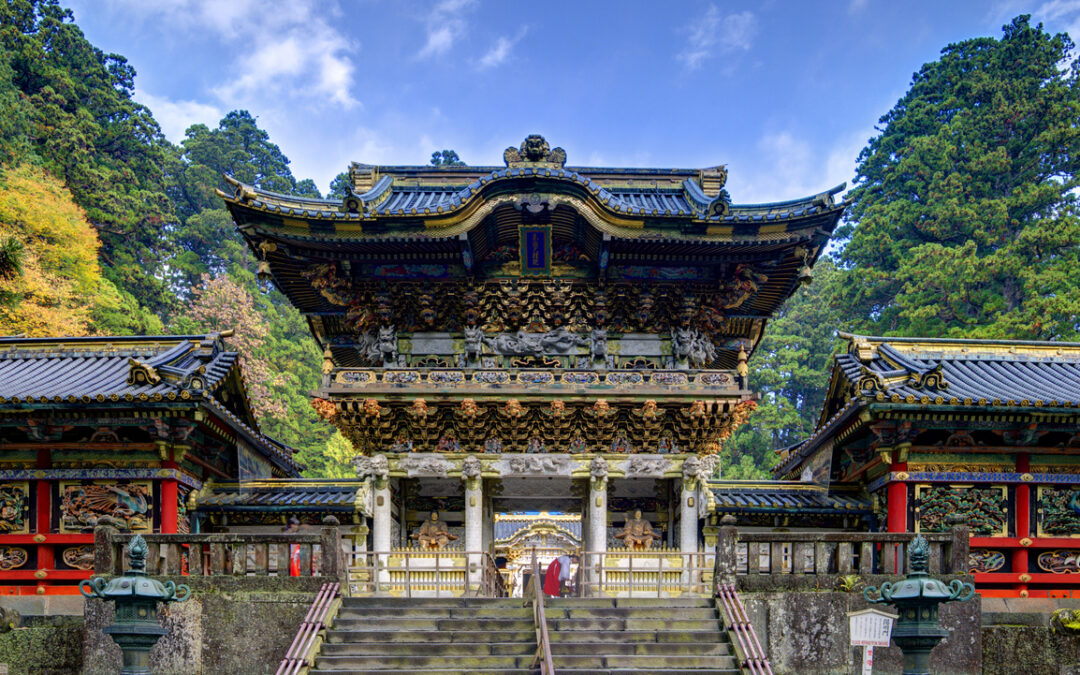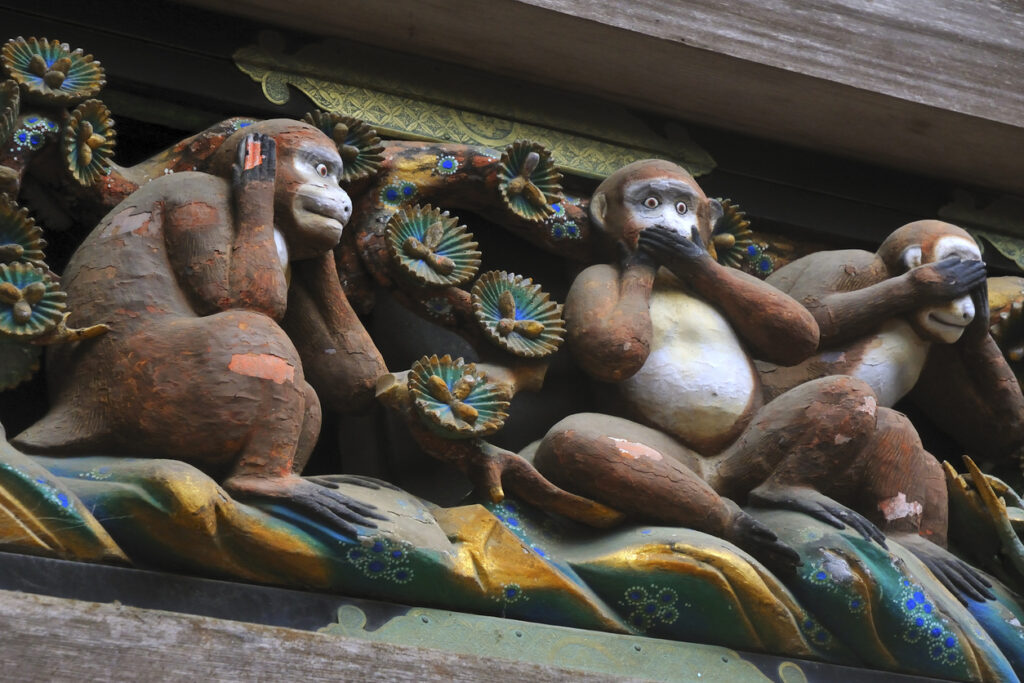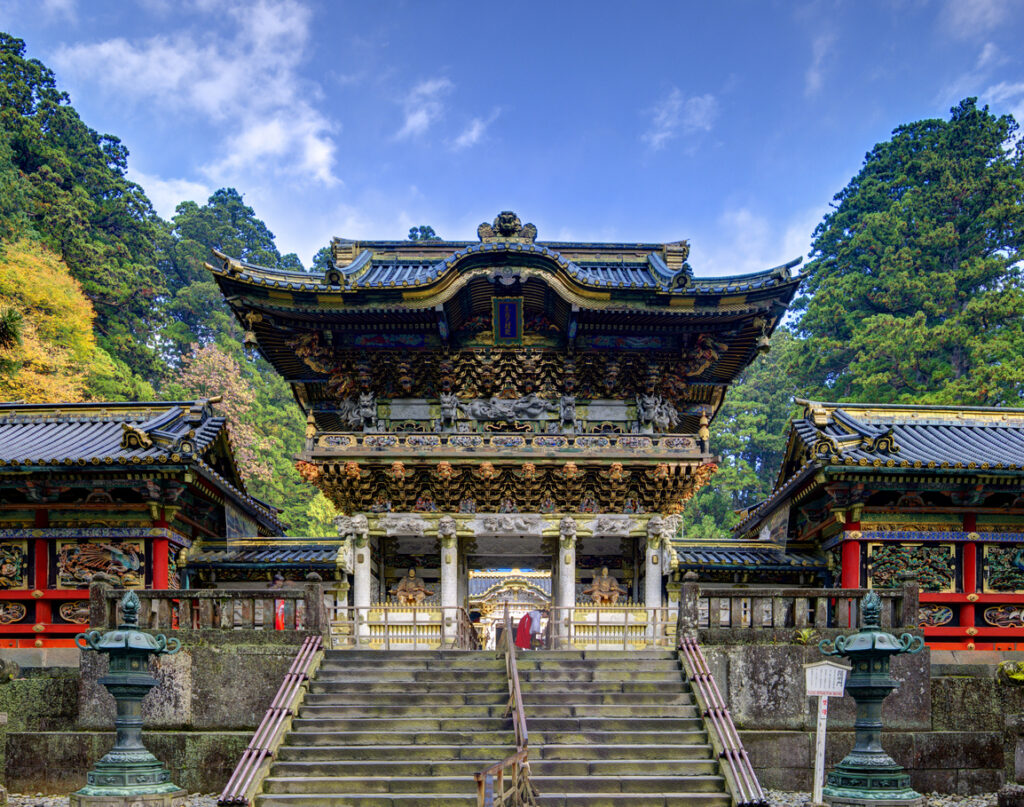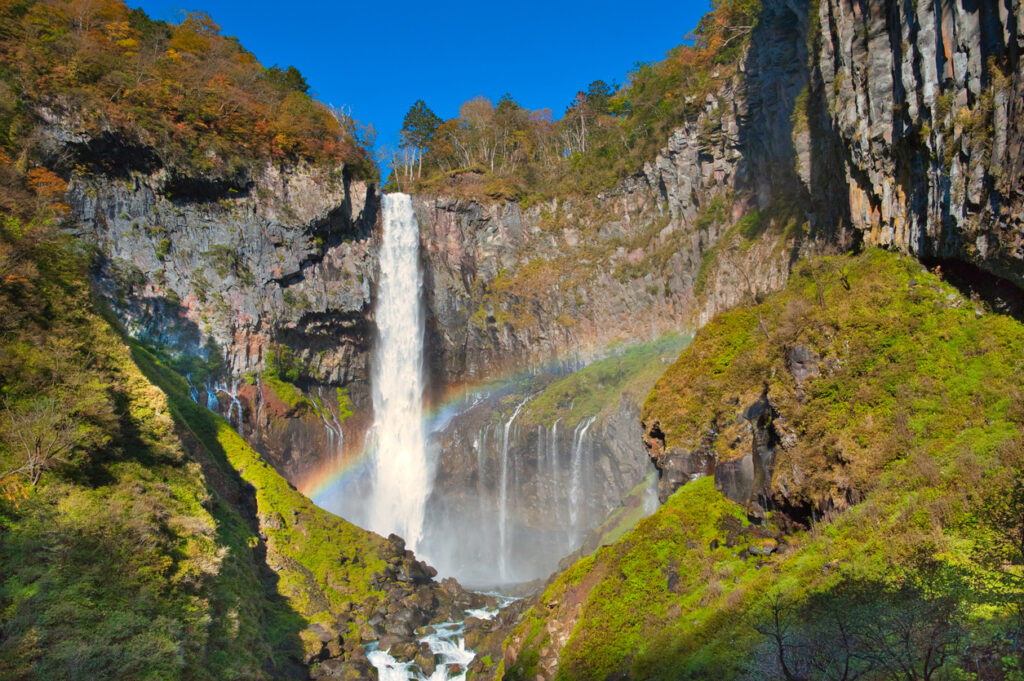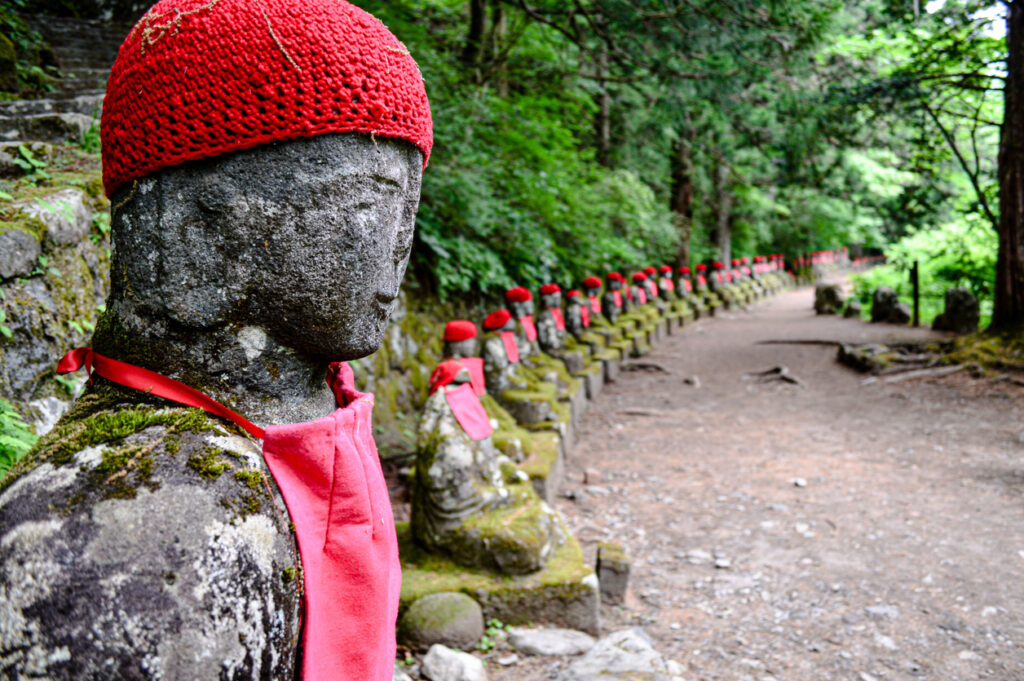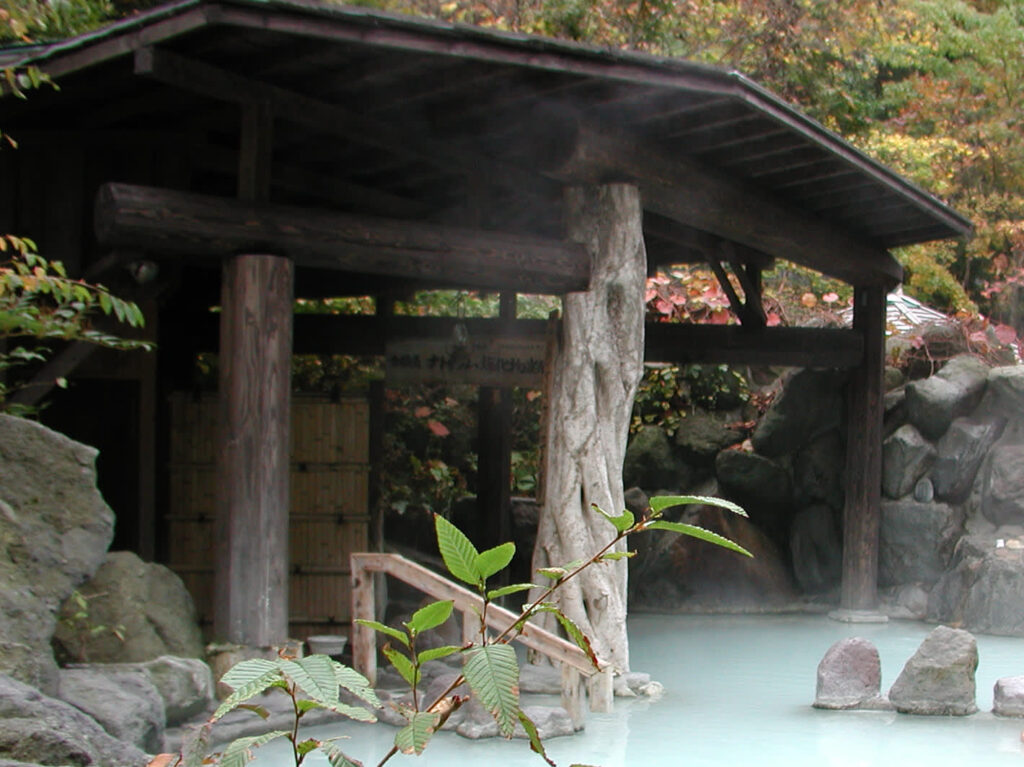Tochigi-ken, Honshu
Nikko (日光)
We took an overnight class trip to Nikko. This is a little city that I would love to spend more time in and when I return to Japan, this will be on my list of places to revisit.
Nikko is a small city in Japan’s Tochigi Prefecture, in the mountains north of Tokyo. It’s the site of Toshogu, the famed Shinto shrine established in 1617 as a lavish memorial for Tokugawa Ieyasu, founding ruler of the Tokugawa shogunate, or Edo Period. The shrine comprises the gilded Yomeimon Gate, the main sanctuary set in a cedar grove and the tomb itself.
The pristine forests provide this incredibly grounding natural sanctuary. This is one of Japan’s Major attractions and a World Heritage Site. The tower cedars enclose the Shinto shrines and Buddhist temples which blend seamlessly with the topography.
Tochigi-ken, Honshu
Tōshō-gū Shrine
Tōshō-gū is Nikkō’s biggest attraction, a shrine to the powerful shogun, Tokugawa Ieyasu (1543–1616). Two decades later it was renovated by all the most celebrated artists of the time. It took 15,000 people to complete the project, at the modern equivalent of $100 million in manpower alone.
You approach via a path lined with towering cedar trees, passing through a succession of ever more elaborate gates, decorated with carvings of mythical creatures like dragons, phoenixes and baku (a chimera who eats dreams).
Tochigi-ken, Honshu
Kanman-ga-Fuchi Abyss
This was formed by an eruption of nearby Mount Nantai. This gorge near central Nikko is only a few hundred meters long and can be enjoyed from a pleasant riverside walking trail.
Kanmangafuchi is also known for its row of about 70 stone statues of Jizo, a Bodhisattva who cares for the deceased. This row of Jizō statues, the small stone effigies of the Buddhist protector of travellers and children. There were once 100, though many were damaged in a flood a century back, and remain in various states of crumble and mossiness.
Tochigi-ken, Honshu
Kinugawa Osen
The city of Nikko has various hot springs (onsen), each with a different atmosphere and effect. Depending on the qualities of the spring, each onsen has a distinct color, smell and feeling, but all will refresh your body and spirit.
Following a defeat in the Genpei War (1180-1185), fleeing warriors stopped here and discovered an abundant hot spring on the riverbank. The mineral-rich waters helped to heal the warriors’ injuries, and they decided to settle here establishing Yunishigawa Onsen. If it can heal warriors wounds, then it will surely do wonders for a modern day stress.
BUT, be sure to educate yourself on Onsen etiquette. Hot springs in Japan are mostly gender-segregated baths where visitors must bathe naked. It’s vital that your wash yourself thoroughly before entering the pools; there will be an area on your way in where you can sit and shower…not only to clean but also to get your body regulated for the oncoming heat.
To avoid any hiccups in your plans….just know that many onsen ban tattoos so it’s best to check each bath’s policy ahead of time.
Tochigi-ken, Honshu
Tobu World Square
In this theme park, you can see everything from the Great Pyramids to the Burj Khalifa, miniature style. There are models of 102 famous structures from around the world—46 of them World Heritage sites—all created with impressive craftsmanship and attention to detail. Dotted around the park are over 20,000 real bonsai trees and plants where you can experience the changing seasons, and in the colder months the models are beautifully illuminated after dark.
Please note that I have not received these products for free or at a discounted price in exchange for my opinion. There may be links that are affiliate links but at the time of posting this review, I have not received any monetary kickbacks.

